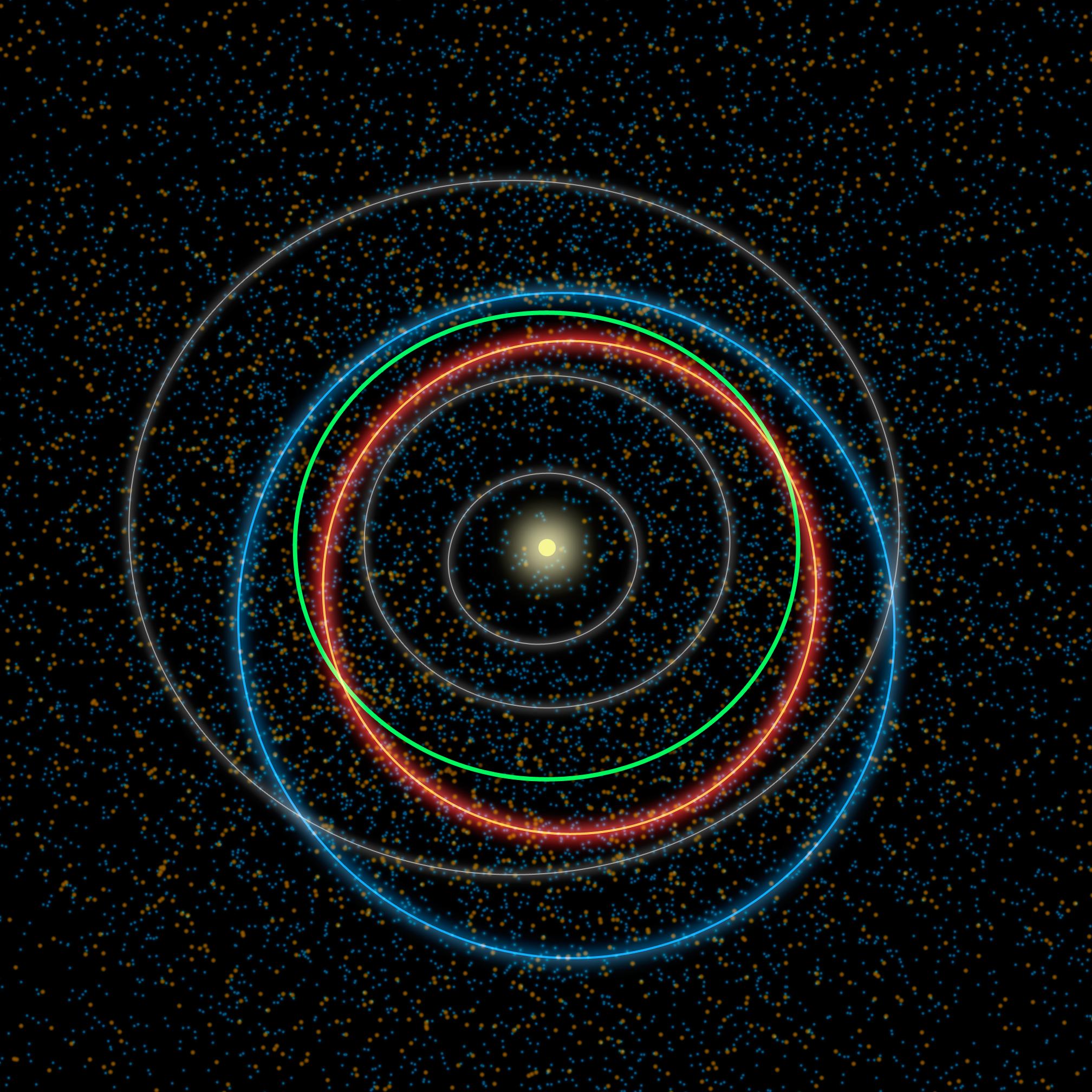Choosing an Asteroid to Image
Targets within our solar system can be tricky to image. Unlike stars and galaxies that are much further away, asteroids move relative to the background. Because their coordinates in the sky change rapidly, we must plan ahead for imaging by choosing times and coordinates of asteroids that are visible in the sky from the location we want to observe. To begin, we need to generate a table of times and coordinates, known as an ephemeris. Here are the steps:
Go to the JPL link What’s Observable (http://ssd.jpl.nasa.gov/sbwobs.cgi).
- Narrow your search:
- Set your location. The code for Stone Edge is G52.
- Standard Central Time is UT-6 (Daylight Savings is UT-5), and
- Stone Edge is at UT-8 (Daylight Savings at UT-7). For example, if you want to observe at Stone Edge at 3:00 am, you will need to choose UT 11:00 for the next day.
- Choose an observation date and time. To keep the math simple, do everything on UT (Universal Time).
- Use the first dropdown menu to change the type of objects returned.
- The second dropdown limits the number of returned matches.
- Based on experience and astronomy knowledge, here’s a good place to start for the following settings (defined at the end of the document):
- Visual magnitude limit: 16
- Zenith Distance Max: 45
- Topocentric Distance: 0.001-0.8
- Minimum Observable Duration: 120
- Submit by clicking Find Observable Objects.
| Visual magnitude limit | Zenith Distance Max | Heliocentric Distance | Topocentric Distance | Minimum Observable Duration |
| Maximum dimness of an object that you will be able to capture based on scope aperture, focal length, camera, CCD, average seeing conditions at site location, etc. | How close to the horizon you can go to capture images. Imaging close to the horizon can cause problems for some telescopes and always increases the risk for blurry images because the telescope is “looking” through greater amounts of atmosphere. | Distance the object is from the Sun (in Astronomical Units). | Distance the object is from the Earth (in Astronomical Units). | Set this based on amount of time objects will remain visible |

